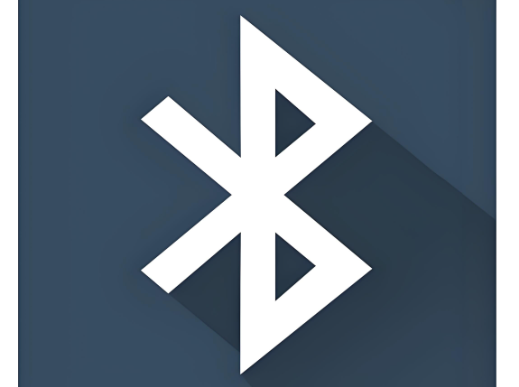In modern wireless communication technology, Bluetooth technology has attracted much attention due to its low power consumption and wide application. Especially in the fields of indoor positioning, smart home, Internet of Things, etc., the application scenarios of Bluetooth are gradually expanding. In this process, Bluetooth AOA (Angle of Arrival) and Bluetooth RSSI (Received Signal Strength Indicator) are two key technologies, which play a vital role in positioning accuracy and signal strength respectively. This article will explore the difference between Bluetooth AOA and Bluetooth RSSI in depth to help you better understand their advantages and limitations in different application scenarios.

Overview of Bluetooth AOA and Bluetooth RSSI
Both Bluetooth AOA (angle of arrival) and RSSI (received signal strength indication) are closely related to the reception characteristics of the signal, but their measurement methods and application purposes are different. RSSI is an indicator of the received signal strength and is usually used to estimate the distance between the signal source and the receiving device. AOA is used to measure the angle of arrival of the signal and is often used in positioning systems to calculate the position of the signal source through the angle data of multiple receivers.
Characteristics of Bluetooth RSSI
RSSI is a common parameter in Bluetooth devices, which is used to indicate the received signal strength. Generally speaking, the stronger the signal strength, the larger the RSSI value, and vice versa. By measuring the signal strength, Bluetooth devices can estimate the distance between devices. In practical applications, RSSI is often used in indoor positioning systems, asset tracking, and environmental monitoring.
However, the accuracy of RSSI is affected by environmental factors, such as obstacles, interference sources, and the direction of the antenna, which can cause fluctuations in signal strength. Therefore, when relying on RSSI to accurately locate or judge the distance, its accuracy is limited, especially in complex environments, where the RSSI error is large.
Characteristics of Bluetooth AOA
Unlike RSSI, Bluetooth AOA is a positioning technology based on the angle of arrival of the signal. In the Bluetooth AOA system, the receiving device determines the direction of the signal source by the angle difference of multiple receiving antennas. In this way, the system can calculate the location of the signal source, which is usually used for more accurate positioning systems.
The key to AOA technology is that the receiver can simultaneously receive multiple signals from the signal source and determine its location by measuring the angle of arrival of these signals. This technology is very valuable in applications that require high-precision positioning, such as smart stores, museum guides, warehouse management and other scenarios.
Compared with RSSI technology, AOA is not affected by environmental factors (such as obstacles or multipath effects), so it can provide more stable and accurate positioning results. However, the implementation of AOA requires more complex hardware support, such as a multi-antenna receiving system, which also makes its cost and deployment difficulty relatively high.
The main difference between Bluetooth AOA and RSSI
Different measurement methods:
RSSI measures signal strength, which can be used to estimate distance, but with low accuracy.
AOA measures the angle of signal arrival and can determine the position based on the angle difference of multiple receiving antennas with higher accuracy.
Different application scenarios:
RSSI is often used for simple distance estimation and is suitable for applications that do not require high accuracy, such as object tracking and asset management.
AOA is mainly used in high-precision positioning systems, suitable for indoor navigation, precise positioning and other fields.
Dependence on the environment:
The accuracy of RSSI is easily affected by environmental factors, especially in multiple obstacles or complex environments, with large errors.
AOA has high accuracy, is less affected by environmental factors, and can provide accurate positioning in more complex environments.
Hardware requirements:
RSSI technology is relatively simple, has low hardware requirements, and can be implemented with ordinary Bluetooth devices.
AOA technology requires a multi-antenna receiving system, has high hardware requirements, and has a high deployment cost.
Bluetooth AOA and Bluetooth RSSI each have their own advantages and applicable scenarios. In scenarios that require simple distance estimation, RSSI is undoubtedly a convenient and fast choice. However, with the increase in positioning accuracy requirements, AOA technology has become the first choice for many high-precision positioning systems with its higher positioning accuracy and resistance to environmental interference. Therefore, understanding the difference between Bluetooth AOA and RSSI can help us choose the most suitable technical solution according to specific needs.